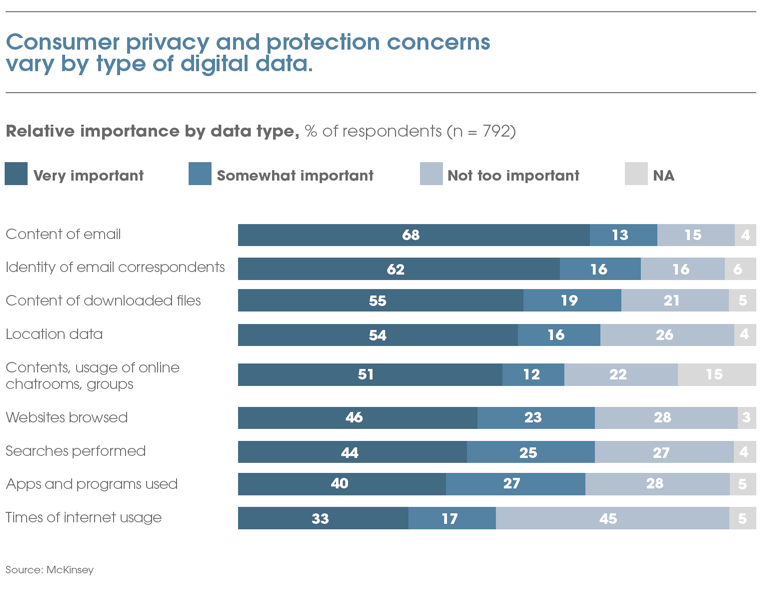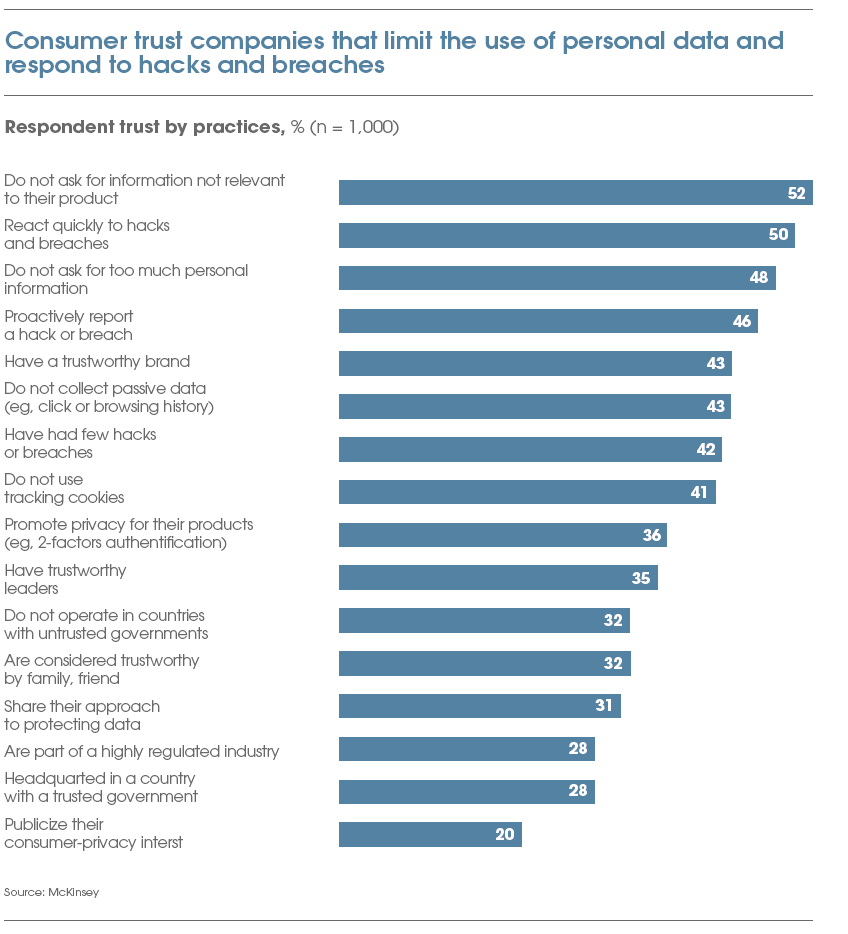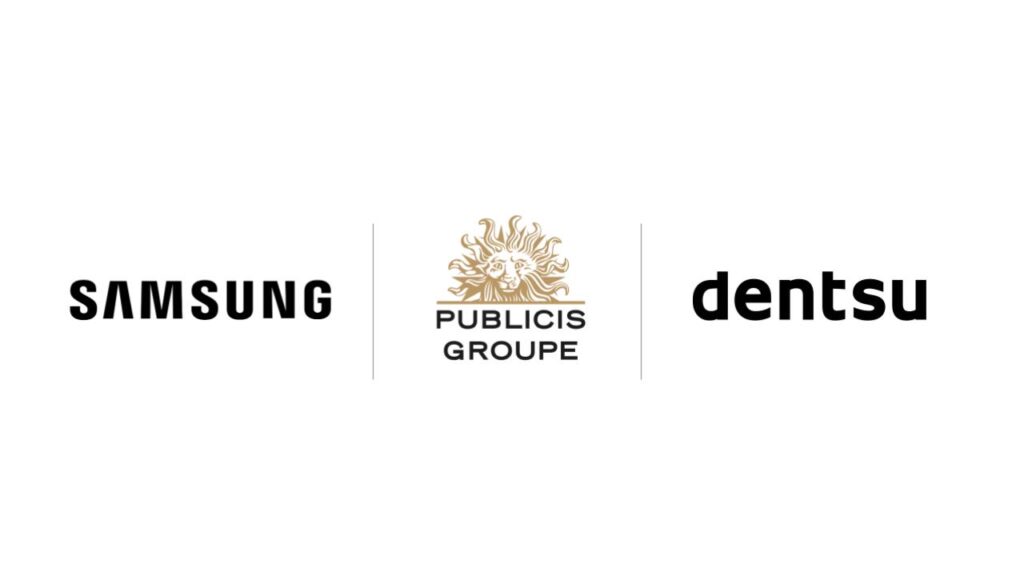In 2022, the Cannes Lions International Festival of Creativity in partnership with VML re-named its e-commerce category to ‘Creative Commerce,’ inviting brands, advertisers, and marketers to reimagine commerce. I reminisce, commerce guru – Beth- Ann Kaminkow, Global Chief Commerce Officer at VML, telling me, “It’s never just about making a transaction for today’s consumer, but the entire experience.” Since then, I’ve naturally wanted to keep a closer eye on my own purchase journeys. To track what brands excite me, what don’t, and what factors impact my purchase decisions. And, I realized how subjective awareness is, based on values, beliefs, and the circumstances we’re exposed to. While I love a good pair of sneakers, I’d prefer not to buy them from a brand that might not be vocal about a certain value I hold. I’d be tempted -yes. But hold back from making the purchase.
Will commerce ultimately be driven solely by consumer beliefs and values? And if a brand chooses to align itself with a particular value to attract one segment of its audience, could it potentially alienate another group? These dilemmas pose a very critical challenge to the brands and advertisers trying to make it in the ever-evolving MENA market. VML’s latest edition of the Tomorrow Commerce report summarizes its findings with the fact that “change is the only constant” and comes with it an “ever-more demanding set of consumers.”
We sat down with Paul Willis, Business Director of Growth at Epsilon Middle East, and Jocelyn Le Trionnaire, Regional Digital Director for Amazon at Initiative. This to explore what the future entails and further addressing existing and potential challenges to harness the full potential of commerce.

Paul Willis, Business Director of Growth at Epsilon Middle East

Jocelyn Le Trionnaire, Regional Digital Director for Amazon at Initiative
Embrace data
Both Trionnaire and Willis suggest advertisers invest in data. VML’s Tomorrow Commerce Report ranks data redistribution as the second most significant trend in commerce. It finds how consumers are voluntarily sharing their data to benefit others. Expanding on this scenario, Trionnaire explains how handling large volumes of data while integrating AI and blockchain may initially appear daunting. “Brands and advertisers should start investing in advanced data analytics, adopting agile methodologies, and embracing cloud-native architectures. By initiating collaborations with technology partners and ad-tech solutions, they can navigate the technical complexities of the commerce revolution and seize emerging opportunities in the digital marketplace, such as integrating social commerce like Amazon or livestream shopping.” Willis also adds how these collaborations enable brands to better understand their consumer. “There is an abundance of data tools that provide an extensive insight into consumer preferences, further building brand loyalty and trust.”
VML’s report reveals a candid insight: data altruism can coexist with commercial opportunity. As consumers become increasingly aware of the value of their data, a surge in its commercialization is anticipated. The report predicts the emergence of consumer-facing ‘data marketplaces’ in the near future. These platforms will enable users to offer their data for a fee, or otherwise, to interested parties. "An advertiser could offer exclusive discounts, early access to sales, or customized product recommendations tailored to the user’s preferences and browsing history. By highlighting the tangible benefits that opting in can provide, such as a more personalized shopping experience or access to special promotions, users may be more inclined to consent to data collection,” Trionnaire further adds.
Omnichannel is the way to go.
The moment of truth has come. There is no more e-commerce. Commerce itself has an identity. Call it the new buzzword, if you like, but it’s here to stay.
Research shows that 75% of consumers want consistent experiences across multiple channels—web, mobile, in-person, and social—and 73% are likely to switch brands if they don’t get it. “Traditional brick-and-mortar retailers can leverage this as an opportunity to blend online and offline advertising strategies to remain competitive in the era of commerce dominance,” says Trionnaire.
Willis further advises brands to localize their marketing efforts and establish a robust online presence through Search Engine Optimization (SEO). “Traditional retailers need to integrate building experiences seamlessly, ultimately giving them an upper hand against their online counterparts.”
Respect your consumers.
While it might seem obvious, the pressure to better target consumers can inadvertently carry a negative connotation for them. “By prioritizing transparency, consent, and data protection measures, advertisers will be able to adhere to and navigate the new data age,“ argues Trionnaire. "Implementing robust data governance frameworks ensures compliance with regulations such as GDPR and the regional nascent initiatives, safeguarding consumer privacy rights. Advertisers should also provide clear opt-in/opt-out mechanisms and comprehensive privacy policies to empower consumers with control over their data. Fostering a culture of ethical data usage within organizations through employee training and accountability mechanisms promotes responsible data practices across advertising campaigns,” he adds.
With 1,802 data breaches in the US in 2022 impacting over 422M individuals (significantly more than the U.S. population), this trust issue is a growing challenge for businesses, governments, and now for brands as well.

Further supporting this concern, Willis emphasizes the importance of transparency. “It’s crucial that brands use data in a manner that fosters trust with their customers. As a consumer, if I volunteer to provide my data in exchange for something valuable, I will be doing it willingly. However, brands must ensure compliance with local data regulations before proceeding.”

Sustainability is here to stay.
Technology will play a critical role in enabling businesses to reach net zero targets and also in powering sustainable transformation. Amid alert emphasis on sustainability across all sectors, businesses need to adapt their approach to become resilient and agile, creating value for their consumers. “This shift has prompted advertisers and businesses across various industries to incorporate sustainability into their commerce strategies, recognizing it as a fundamental aspect of competitiveness and brand integrity,” explains Trionnaire.
Late last year, the UAE hosted the 28th edition of COP28. Trionnaire credits mega-climate events like these for heightened awareness about climate change and sustainability in the region. “Advertisers in the region are increasingly recognizing the importance of sustainability in commerce strategies,” he says. “By proactively addressing sustainability concerns and aligning with global best practices, businesses in the Middle East can stay ahead of the curve, meet the rising expectations of consumers, and contribute to the global movement towards a more sustainable future.”
Where MENA is headed?
Latest statistics reveal that the total value of MENA’s commerce market could rise to just under $57 billion by 2026, with the market penetration rate increasing from 5.7% in 2022 to 8.3% in 2026. Saudi Arabia and the UAE are expected to remain the biggest markets. Comparing this to the US, which is currently ranked as the second-largest commerce market after China, its revenue is expected to show an annual growth rate from 2024 to 2029 of 8.99%.
When asked about the region’s trajectory in navigating commerce, both Trionnaire and Willis agree that factors such as the massive digital push, younger audience, and growing commerce penetration will fuel growth.
“With its strategic location and emerging tech hubs like Dubai and Riyadh, the Middle East is becoming a key player in shaping the future of commerce, attracting investment, talent, and partnerships to drive digital transformation and unlock new opportunities for businesses and consumers alike,” adds Trionnaire.
“Initiatives like the Dubai Multi-Commodities Centre (DMCC) Free Zone and the King Abdullah Economic City (KAEC) in Saudi Arabia are facilitating international trade and investment, enabling businesses to tap into global markets. Other developments such as the surge in digital payment solutions, growth of homegrown commerce platforms, investments in logistics infrastructure, and cross-border trade further showcase the Middle East’s potential to drive the commerce revolution through digital innovation, infrastructure development, and fostering a conducive ecosystem for business growth and entrepreneurship,” he further explains.
Willis also believes that the region’s strength lies in innovation. “Innovation in commerce, fin-tech, and mobile technology is a great enabler of commerce.”
The article was first published in Communicate's Issue 180 2024.






